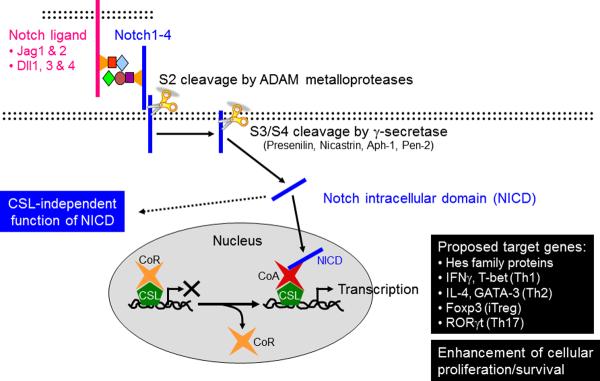Fig. 4. Canonical and noncanonical Notch pathways.

In mammals, there are four Notch receptors, Notch 1–4, and five Notch ligands, Jagged (Jag) 1 and 2, and Delta-like (Dll) 1, 3, and 4. When a Notch interacts with a Notch ligand, the γ-secretase complex proteolytically releases the Notch intracellular domain (NICD). NICD translocates into the nucleus, where it displaces a co-repressor complex from CSL and recruits a co-activator complex leading to Notch-dependent gene transcription. CSL-independent functions of NICD have been also reported. The Notch pathway has been proposed to govern differentiation of naive CD4+ T cells into each of the Th fates by directly controlling the expression of unique master regulatory transcription factors and hallmark cytokines. An alternative view is that the Notch pathway does not directly instruct Th fate decisions but regulates the basal T-cell activation, T-cell expansion and survival, and cytokine production of differentiated Th cells upon secondary stimulation.
